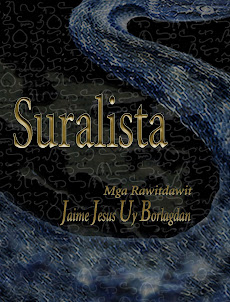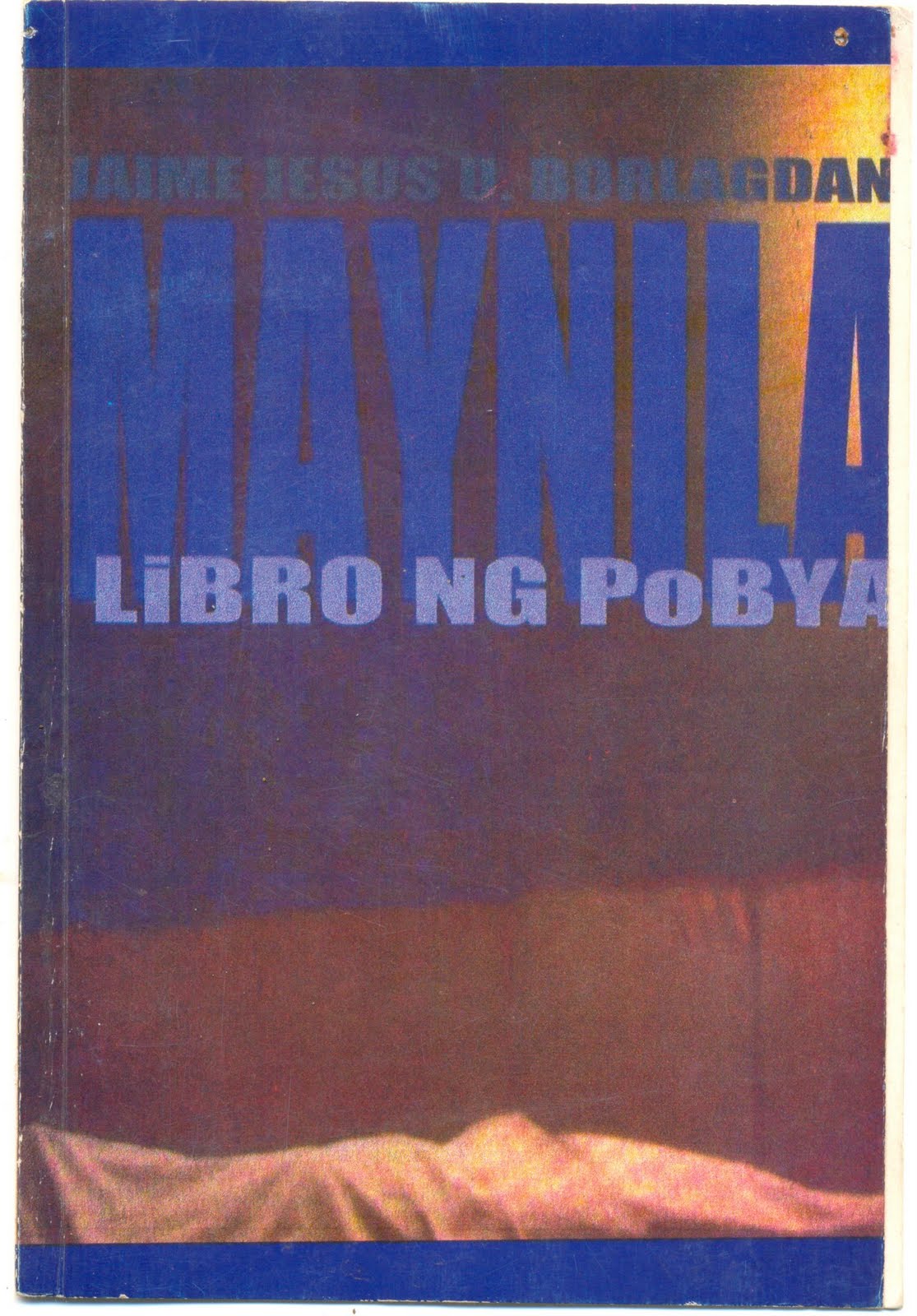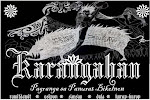para kay Caren
Kan naghali ka, naghagad su mga bagay na sinda maanan ki maray.
Nakaduko sinda gabos, arog an nangangadying may pighahalat.
Ngonian sana itinuga kan isip na dai taka kayang wara,
na haloy, na dai ka mag-uli diyan-diyan na banggi.
Ata an sakuyang katanosan muya nang sumusog saimo,
ta ining lawas na nagpupugol saiya dai nang padumanan.
Kun pwede sanang dai na umabot an banggi— pero mas ngana
ining hapon, na ruminokrukon sa lumlom
garo mag-gadanon, nakasuklob ki itom.
Dulo pa akong dai pahangoson kan dampog
na nagsasarabod-sabod.
Pero, maabot an banggi, buda mahibi an mga burak ki hamot na makayugtuon.
Garo su ulok mo kan enot kitang nagmidbidan.
Pag-iyan ngani umagi sa sakuyang pangiturugan, diyan-diyan
baka dagos nang mautsan.
Hulyo 27, 2008. Karangahan.
Nuong Nag-Manila Ka, Mahal
Nung umalis ka, humingi ang mga bagay na masdan silang mabuti.
Nakayuko silang lahat, tulad ang nananalanging may inaantay.
Ngayon lang inamin ng isipan na hindi kita kayang wala,
na matagal, na hindi ka uuwi mamayang gabi.
Ay, ang aking katinuan, nais nang humabol saiyo,
pagkat itong katawan na pumipigil sa kanya'y wala nang papupuntahan.
Kung pwede lang na di na dumating ang gabi--ngunit higit
tong hapon, na nauupos sa lilim
wari'y agaw-buhay, nakatalukbong ng itim.
Muntik akong di pahingahin ng ulap
na nagkabuhol-buhol.
Ngunit, darating ang gabi, at iiyak ang mga bulaklak ng bango na makabagbag damdamin.
Parang yung ngiti mo nung una tayong magkakilala.
Kung yan pa ang dadaan sa aking panaginip, mamaya
baka tuluyan nang malagutan.









0 comments:
Post a Comment